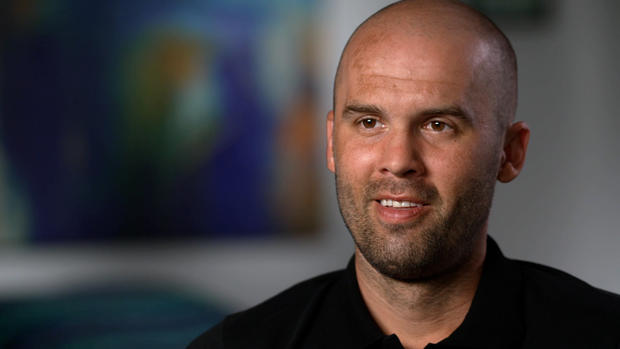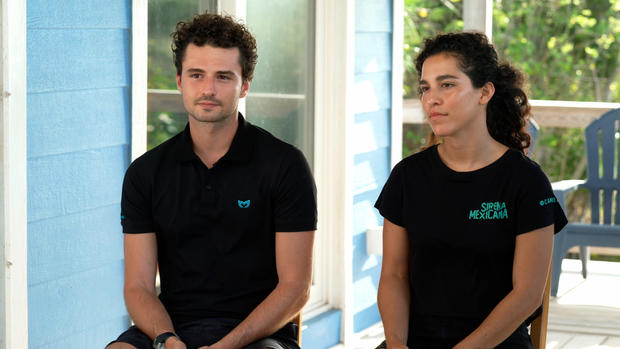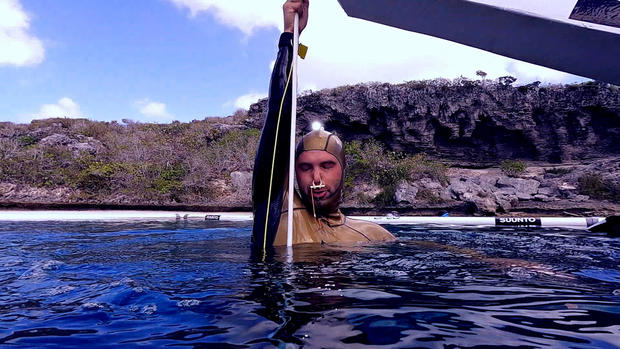Late July. The true dog days of summer. The beauty of the NBA is it is a league typically has an 11-month news cycle. We have the NBA Draft, free agency, NBA Summer League, preseason, the regular season, the trade deadline, the playoff race, the playoffs, and the finals. There isn’t much going on for a short period of time between late July and early August.
That doesn’t stop the Phoenix Suns from being in the spotlight. They have been linked to Kevin Durant and every day we are eagerly watching that sweepstakes to see whether or not we are chosen to be the destination for the 12-time All Star. As we patiently wait for that announcement, there are still some viable options available on the free-agent market that the Phoenix Suns could theoretically utilize to fill their roster.
Everything is predicated on the Durant decision, for if he ends up in Phoenix and the depth of the team is gutted, you can expect to hear some of these following names signed to deals that will allow the Suns to field the roster of 15.
We don’t know what would have to go to Brooklyn in an effort to bring Durant here. We all have an idea, but you don’t know until you know. Let’s look at these free agent names through the lens of we aren’t getting Durant. It’s most likely the most viable option anyways.
The Phoenix Suns are currently rushing 14 of their 15 total players. Here is how the roster stands as of the authoring of this article:
:no_upscale()/cdn.vox-cdn.com/uploads/chorus_asset/file/23912488/Suns_Roster.JPG)
The clear need, especially considering the James Jones “three-by-five” philosophy, is the backup to the backup small forward. But the flexibility of newly acquired Josh Okogie and Damion Lee could make up for that deficiency in that position.
What is needed? Another guard? A wing? Who is available? Put on your SCUBA gear, because we’re diving in.
The ‘Go Get ‘Em’ Tier
There aren’t very many players left who we should deem as “go get”. Given that Phoenix is subject to the luxury tax, a $1.5M deal isn’t actually worth that much after taxes. The 2022-23 NBA season will hold a luxury tax of $150.3M, and current Suns’ salaries are currently totaling $167.2M, which is 6th highest in the NBA. The team projects to have a $39.9M luxury tax bill.
Seeing as the Suns are currently $16.9M over the cap, based on the salary that they would pay the incoming free agent, they would pay $3.25 for every dollar over the cap. So if they brought in someone on a $1.75M deal, they would have to pay $5.69M towards the cap.
Therefore, the player you’re bringing in would have to justify that cap hit. I’m sure it’s more complicated than that – you need a PhD to understand all of the complexities of the NBA cap and I don’t have that degree – but here are a couple of players who could fit the bill if needed.
Montrezl Harrell
The Suns appear to be good at the power forward position. But are they? Harrell possesses physicality, size, and energy at the four, which are attributes the Suns could always use.
The 28 year-old Harrell averaged 13.1 points and 6.1 rebounds in 23.1 minutes off of the bench last season for both the Washington Wizards and Charlotte Hornets.
The challenge facing anyone attempting to sign Harrell? He is facing felony drug charges in the state of Kentucky after being stopped with three pounds of vacuum sealed marijuana. So there’s that…
Dennis Schröder
Once upon a time, Dennis Schröder was reportedly offered a four year, $84M contract with the Los Angeles Lakers. He turned it down prior to the start of the 2021-22 season, opting to bet on himself and garner a larger contract elsewhere.
That contract never came.
He signed with the Boston Celtics for 1 year and $5.9M. In 49 games with Boston, Schröder scored 14.4 points and added 4.2 assists. He played in 49 games with the Celtics, starting 25. The team was 31-25 when they chose to trade him to the Houston Rockets for Daniel Theis.
Boston would finish the regular season 16-6 and march to the NBA Finals. Schröder would play in 15 games for the Rockets, starting 4, and become an unrestricted free agent.
He is still unsigned.
He will be 29 years old when the NBA season begins and has 9 years of NBA experience. The former 17th overall pick in the 2013 NBA Draft has history with Chris Paul; the two played together in Oklahoma City in 2019-20, which saw the best production of his career.
Schroder would be an ideal fit with the Suns if he came in, and in true Dwayne ‘The Rock’ Johnson fashion, knew his role jabroni.
Ish Wainright
Because, c’mon, we love Ish!
The ‘I Wouldn’t Mind’ Tier
There are certain names out there who could fit in with Phoenix depending on their skill set and what they could bring to the bench. We’re not searching for expected All-Stars in free agency; rather, we’re looking for guys who can fill in should injuries strike.
Here are a couple of players that I would not mind seeing the Suns add to the roster.
Facundo Campazzo
He annoys you. He annoys me. He could annoy the opposition for both of us. And we’d enjoy the heck out of it.
Campazzo was one of the annoyances of the 2021 NBA Playoffs run for the Suns, and even as Phoenix infamously swept the Denver Nuggets, Facundo Campazzo sparked emotions that would be mirrored by New Orleans Pelicans’ Jose Alvardo a season later.
The 5’10” Campazzo, who averaged 5.6 points and 3.5 assists in 130 games with Denver through two seasons, might be small. But he has a championship level heart, winning the EuroLeague Championship twice (2015 and 2018), Spanish League Championship three times (2015, 2018, 2019), and the Argentine League Championship four times (2010, 2011, 2012, 2014).
The Suns wouldn’t need him often, but when Monty Williams called upon him, he’d get maximum effort.
Carmelo Anthony
I’m just as shocked as you that I would consider this, but if you need someone to come off of the bench and provide an offensive spark – something we shouldn;t expect from Josh Okogie – why not bring in a hired gun who knows how to do just that?
Melo has been doing this for the past few seasons, going from team to team as he seeks his first professional championship. The 10-time All Star has played for six teams, most recently logging minutes in LA. He played 26 minutes a night with the Lakers, scoring 13.3 points in 69 games (3 starts).
The old guy can still score.
He’ll be 38 next season and, if the contract is right, why not? Oh, because of the whole “chemistry” thing? Yeah, I hear you there. Melo is a big personality who demands attention and the ball. But if his banana boat buddy Chris Paul can set the proper expectations of his role, having someone who could contribute offensively never hurts.
The ‘Please Don’t’ Tier
Some guys are left that carry with them recognizable names — a la Carmelo Anthony – but have no place on the Phoenix Suns roster.
Dwight Howard
Phoenix does not need any more depth at the five, let alone in the form of Dwight Howard. Muck akin to Carmelo Anthony, he played with the Lakers last season, hoping that the greatness of LeBron James would equate to another ring (he won one with the Lakers in 2020). Howard averaged 6.2 points and 5.9 rebounds at age 36.
From a locker room standpoint, however, Howard can be troublesome. Last season he got into it with Anthony Davis on the bench, an ominous occurrence as the Lakers had personnel issues and under-performed all season.
LaMarcus Aldridge, Hassan Whiteside, Blake Griffin, and/or Andre Iguodala
There are no viable arguments for bringing any of these players in. If this was 2015, yes, go get them. But if you are looking for price-for-value-paid, you will not find it with any of these players.
Elfrid Payton, Greg Monroe, Markieff Morris, Josh Jackson, and/or Eric Bledsoe
We’ve already seen these players in purple and orange. No need to see them again.
James Jones has plenty to focus on. The Durant Sweepstakes continues to dictate any moves going forward. If that deal falls through, however, I am sure there are free agents he is closing monitoring and evaluating as to whether or not they could contribute to this team.
Are there any free agents left that the Suns should target? - Bright Side Of The Sun
Read More
















/cloudfront-us-east-1.images.arcpublishing.com/gray/SFLDYBNBFRANTJBW5WTON5QUCI.PNG)




